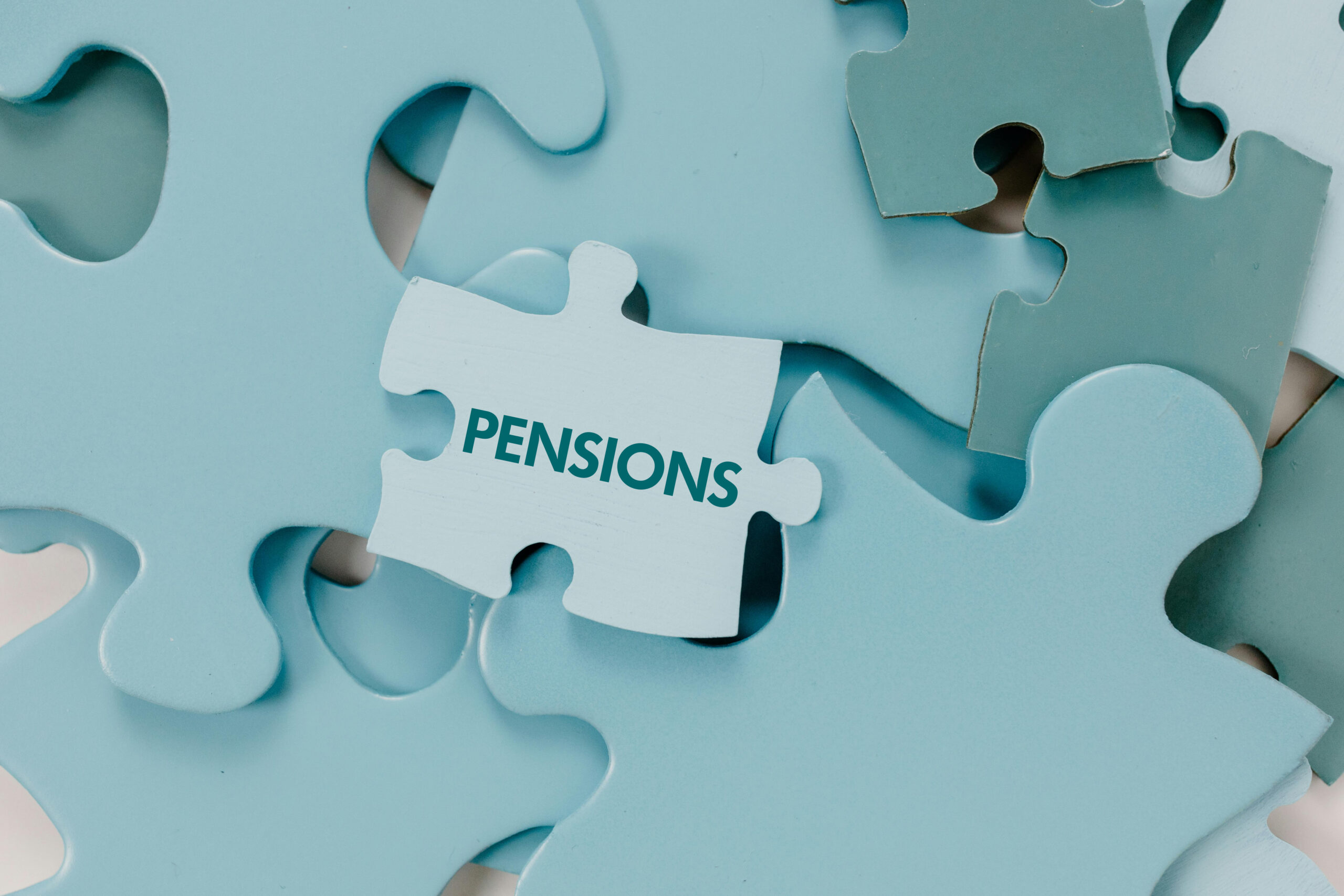SUSAN O’MARA, Business Development Manager, CIF Pension Administration Services (CPAS), suggests some points you might consider with this year’s revenue pension tax deadline, 31 October, approaching.
Unlike summer, soccer, or award season, pension season is not high on the list of exciting times for most people. Understandably so! Pension season is the period leading up to the revenue pension tax deadline on 31 October. It is a time for both self-employed individuals and employees to consider making a lump-sum pension contribution.
If you are self-employed, you will be finalising your tax return at this time of the year. By making a lump sum pension contribution, you can choose to backdate the tax relief to 2023 as part of your tax return to Revenue and use the backdated tax relief to reduce any tax due for 2023.
This must be completed by 31 October, or if you pay and file your taxes online, you can avail of the extended ROS deadline to file which is 14 November 2024.
If you are an employee, you can also take advantage of this deadline. You can make a lump sum pension contribution known as an additional voluntary contribution (AVC) and claim the tax back from the previous year. For example, an employee who makes an AVC of €10,000 in 2024 can claim back €4,000 (if paying tax at 40%) from 2023.
WHAT ELSE SHOULD YOU BE AWARE OF?
Contribution Limits
- For both self-employed contributions and employee AVCs, here are the limits on the amount you can contribute based on your age:
- Under age 30: 15% of Remuneration
- Age 30 to 39: 20% of Remuneration
- Age 40 to 49: 25% of Remuneration
- Age 50 to 54: 30% of Remuneration
- Age 55 to 59: 35% of Remuneration
- Age 60 and over: 40% of Remuneration
Please note the AVC limit is the combined value of the AVC and any normal pension contribution.
Definition of Remuneration
“Remuneration” is defined as all income assessable under schedule E from this employment, including benefits in kind and the value of shares provided under a Revenue-approved share purchase plan. This is currently subject to a maximum of €150,000.
Moving Between Bands
You will move from one contribution band to the next on 01 January of the tax year that includes your relevant birthday.
Lifetime Pension Limit
The lifetime pension limit, also known as the Standard Fund Threshold, is the maximum total benefit an individual may receive from all tax-approved pension arrangements, including the pension plans of previous employers. Currently, the lifetime limit is €2 million.
Recently, Minister for Finance Jack Chambers outlined a decision taken by the government to phase an increase in the SFT of €200,000 per year beginning in 2026 until 2029 to a total of €2.8 million.
AVC’s – Are there other advantages?
Aside from the value of the tax relief, the value of the fund you build up making AVCs and any other pension contributions is to fund a better lifestyle in retirement. The state pension is currently just under €14,500 per annum. All income funded through your pension and AVCs are going to enhance your financial wellbeing when you are ready to stop working.
And, finally
Finally, if you are an employee and do not have a lump sum to spare to invest in an AVC, you can still take advantage of the generous tax relief. AVCs can be made through your weekly or monthly payroll, and even better – the tax relief will be granted at source. In other words, it is done for you. Talk to CPAS, or your pension provider, to discuss what works for you, visit https://cpas.ie/avc for more.
About CPAS
CPAS are the specialists when it comes to pension provision and financial advice for employers and staff in the construction sector. CPAS administer the Construction Workers’ Pension Scheme and the Construction Executive Retirement Savings (CERS).
For more details, contact Susan O’Mara via email susan@cpas.ie or phone 01 223 4949






